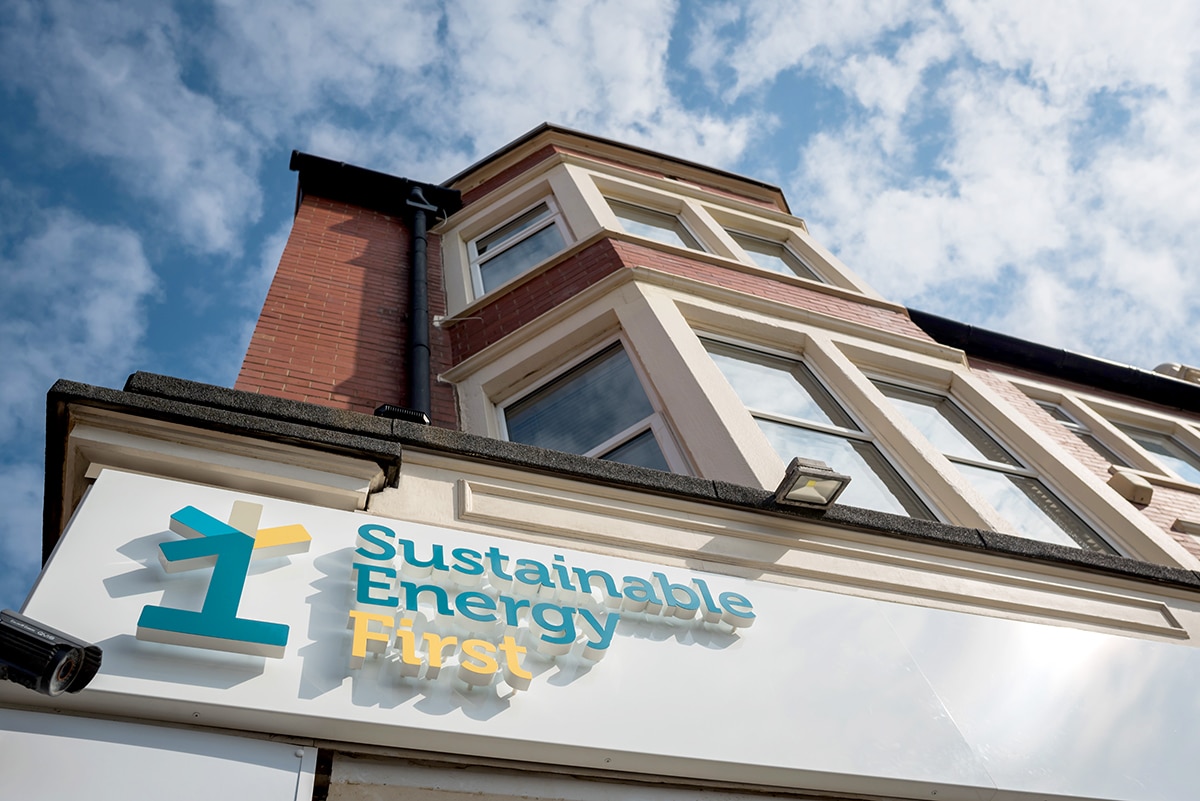With social housing providers facing increased budget pressure due to cuts in the social rent cap and the extension of the right to buy scheme reducing stock levels, avoiding unnecessary expenditure across the organisation is paramount.
Void properties present a major challenge, generating significant amounts of additional administration for already overstretched staff, as well as incurring both surplus overheads and lost revenue. Across the UK, void properties represent lost rental income of £500 million annually for the affordable housing sector (Sustainable Homes 2016).
Tackling issues surrounding energy and void properties has one of the biggest impacts on reducing the amount of time that a particular home remains void and the costs incurred by the housing association during that period.
Void Energy Costs
While the average void period for England and Wales has fallen slightly, it is still around two weeks on average, according to 2019 figures from letting platform Goodlord. In the worst performing region, the West Midlands, RSLs can expect to wait a month before finding a new resident.
As residents are responsible for their own electricity and gas contracts, it can be difficult to establish who the supplier is when a resident leaves. In some cases, debts may have been left on accounts and occasionally there can be a lack of information needed to allow housing officers to pick things up with the supplier.
Even with the property standing empty and no energy being used, RSLs are still liable for standing charges that average between 10p and 80p per day for electricity and from 5p to 60p per day for gas. In 2018, these averaged out to £77 annually for electricity and £82 for gas, according to MoneySavingExpert.
When properties can be void for a month or more, these costs can quickly add up across an association’s estate, particularly given average churn rates of a little over 10%, according to Inside Housing. Bespoke void property contracts can help to to reduce these costs and standing charges by enabling same-day contract switching, making the management of void properties much easier.
Energy Efficiency
Improving energy efficiency has been shown to have a direct correlation with reducing both void periods and rent arrears. Research from Sustainable Homes found that properties with an EPC rating of B or above remain void 31% less time on average than those rated E or F.
At the far ends of the scale this is even more pronounced, with properties in band F remaining void more than twice as long as band A. Properties retrofitted to a high energy efficiency standard also had half the rent arrears of less efficient homes on average.
The amount that can be saved per property with incremental changes can be significant. A home moving from a band E or F to a C reduces average void periods by a little over six days, saving on average of £90 per property.
To find out how Inenco has helped to reduce the workload around void properties and enabled same-day switching to void contracts to cut standing charges, as well as providing help and guidance on energy efficiency, contact us today on 08451 46 36 26 or email enquiries@inenco.com.





